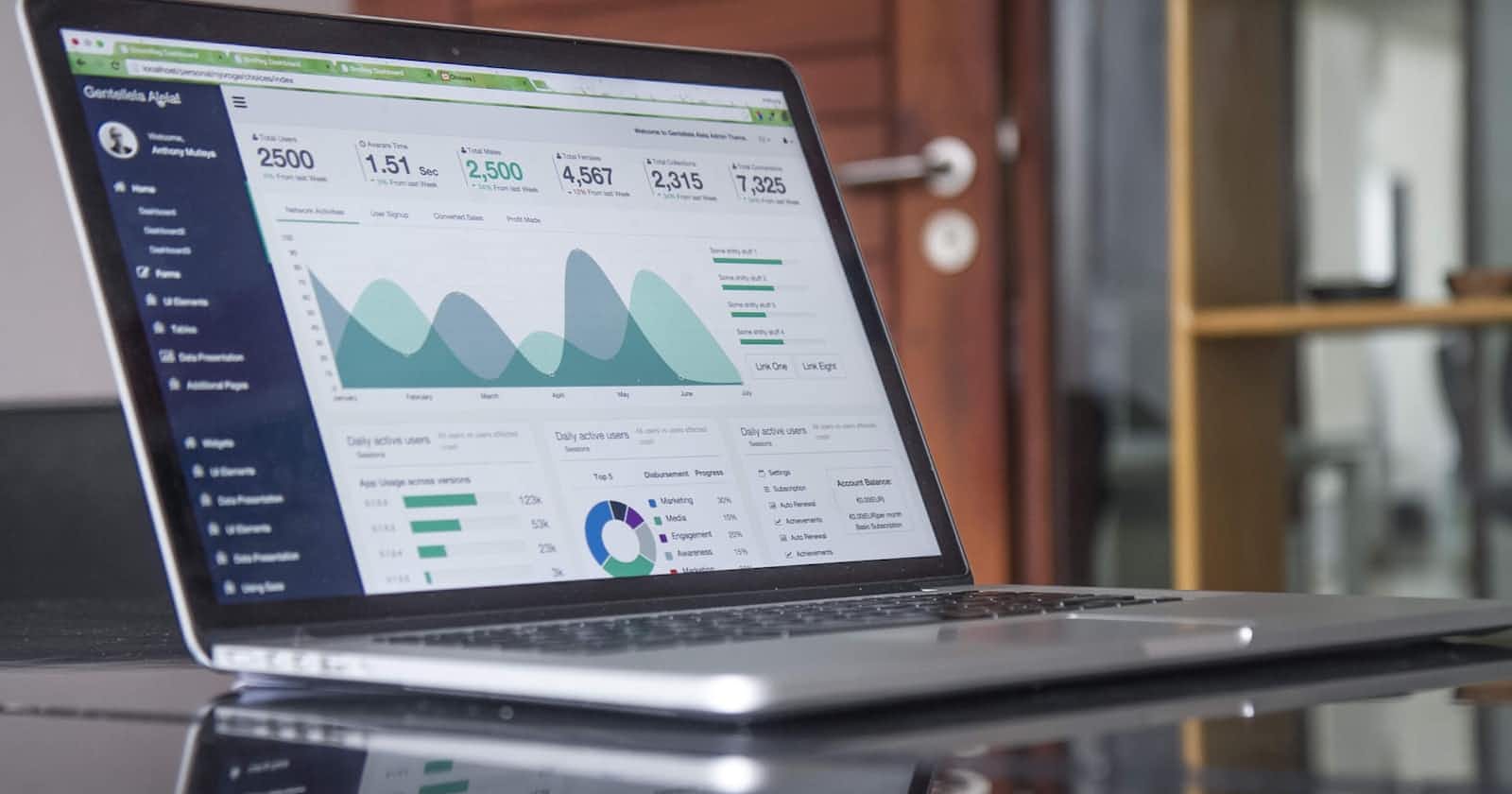Data manipulation is the process of changing, transforming, and cleaning data in order to make it more usable and informative. Data manipulation is an essential step in the data analysis process and is used to prepare data for analysis, modeling, and visualization.
There are several common techniques used in data manipulation, including:
Filtering: This involves selecting a subset of the data based on certain criteria, such as removing rows or columns that contain missing or irrelevant data.
Sorting: This involves arranging data in a specific order, such as alphabetically or numerically.
Grouping: This involves creating subsets of data based on certain characteristics, such as grouping all data by a specific column or variable.
Merging: This involves combining multiple datasets into one, such as merging data from different sources or tables.
Aggregating: This involves summarizing data, such as calculating the mean, median, or mode of a dataset.
Pivoting: This involves reshaping data, such as transforming data from a long format to a wide format.
Encoding: This involves converting categorical data into numerical data, such as converting text data into numerical data so that it can be used in a machine learning model.
Normalization: This involves scaling data so that it is in a consistent range, such as scaling data between 0 and 1.
Data manipulation can also be performed using various tools and programming languages such as R, Python, SQL and SAS. R and Python are popular choice for data manipulation and data analysis, as they offer a wide range of libraries and packages for data manipulation, including dplyr, tidyr, and pandas. SQL is a query language used to manipulate and manage data stored in relational databases. SAS is a statistical software suite that is also used for data manipulation and analysis.
Data manipulation can be a time-consuming and complex task, but it is essential for making data usable and informative. By using the right tools and techniques, data can be transformed into a format that is suitable for analysis, modeling, and visualization, which can ultimately lead to better decision making and insights.

